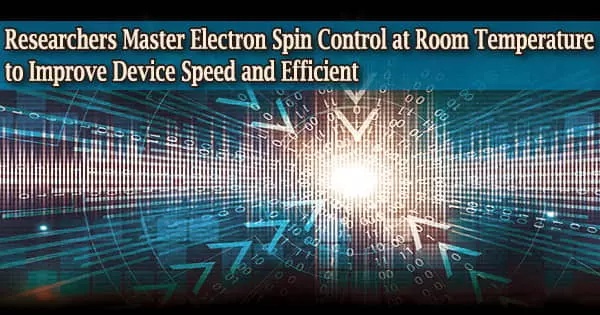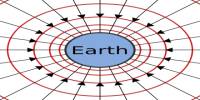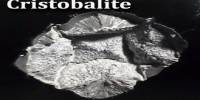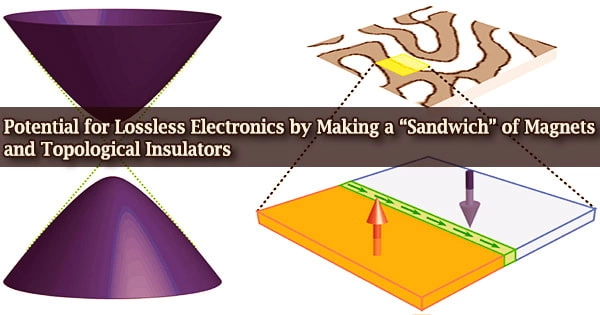Spintronics may continue along that path as our devices get smaller, faster, more energy-efficient, and able to store more data. Spintronics is based on the spin of electrons, as opposed to electronics, which is based on the flow of electrons.
Because an electron has a spin degree of freedom, it can operate as a little magnet in addition to holding a charge. Using an electric field to control electron spin and rotate the magnet’s north pole in any direction is a crucial challenge in spintronics.
The so-called Rashba or Dresselhaus spin-orbit coupling effect, which proposes that one can regulate electron spin by an electric field, is used by the spintronic field effect transistor.
Before the technology realizes its full, tiny but potent, and environmentally friendly potential, certain obstacles must be solved, notwithstanding the method’s promise for efficient and high-speed computing.
Scientists have been seeking to control spin at room temperature using electric fields for decades, but successful control has proven elusive.
A research team lead by Jian Shi and Ravishankar Sundararaman of Rensselaer Polytechnic Institute and Yuan Ping of the University of California at Santa Cruz made progress in resolving the conundrum in recent research published in Nature Photonics.
The internal magnetic field is simultaneously large and perfectly distributed in a single direction, which allows the spins to rotate predictably and in perfect concert. This is a key requirement to use spins for reliably transmitting the information.
Ravishankar Sundararaman
“You want the Rashba or Dresselhaus magnetic field to be large to make the electron spin precess quickly,” said Dr. Shi, associate professor of materials science and engineering. “If it’s weak, the electron spin precesses slowly and it would take too much time to turn the spin transistor on or off. However, often a larger internal magnetic field, if not arranged well, leads to poor control of electron spin.”
A ferroelectric van der Waals layered perovskite crystal with a distinctive crystal symmetry and high spin-orbit coupling was shown to be a suitable model material for understanding Rashba-Dresselhaus spin mechanics at room temperature by the researchers.
Its nonvolatile and reprogrammable room-temperature optoelectronic features connected to spin may serve as an inspiration for the creation of crucial design principles for a room-temperature spin field effect transistor.
Dr. Sundararaman, an associate professor of materials science and engineering, claims that simulations showed this material to be especially intriguing.
“The internal magnetic field is simultaneously large and perfectly distributed in a single direction, which allows the spins to rotate predictably and in perfect concert,” he said. “This is a key requirement to use spins for reliably transmitting the information.”
“It’s a step forward toward the practical realization of a spintronic transistor,” Dr. Shi said.
Graduate student Christian Multunas from Dr. Sundararaman’s group, postdoctoral associate Jie Jiang, and graduate student Lifu Zhang from Dr. Shi’s group are the first authors of this article.
This work was supported by the United States Army Research Office (Physical Properties of Materials program by Dr. Pani Varanasi), the Air Force Office of Scientific Research, and the National Science Foundation.
















